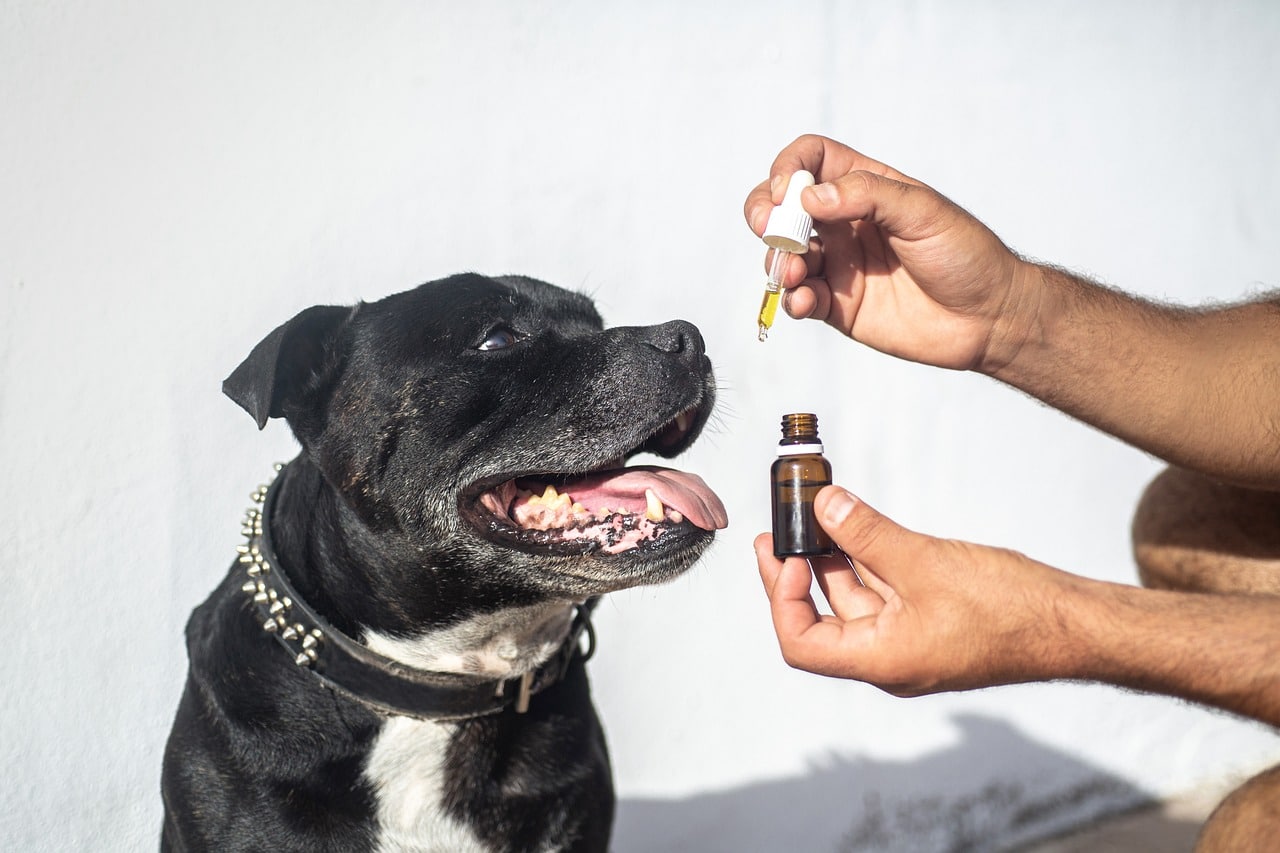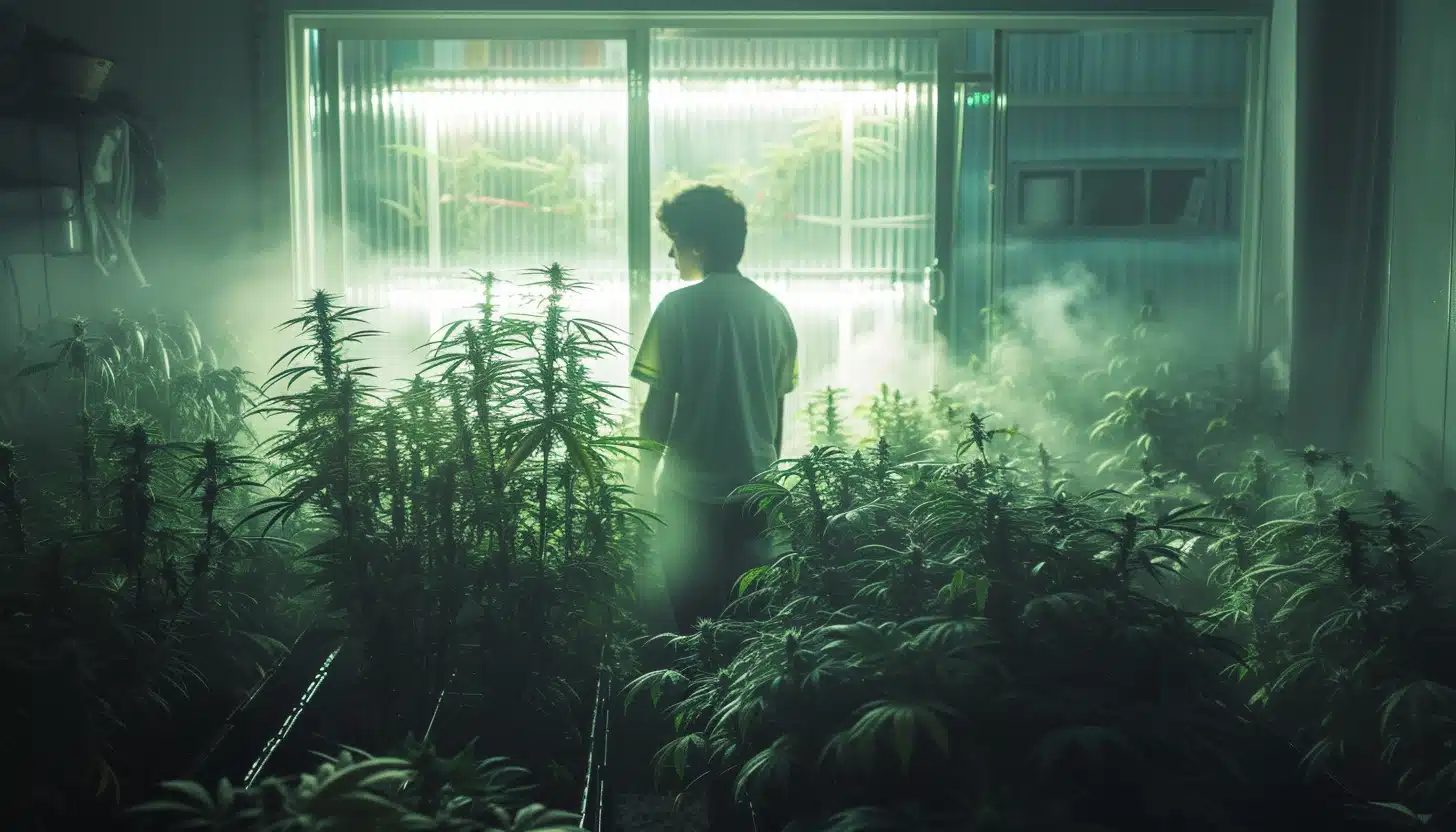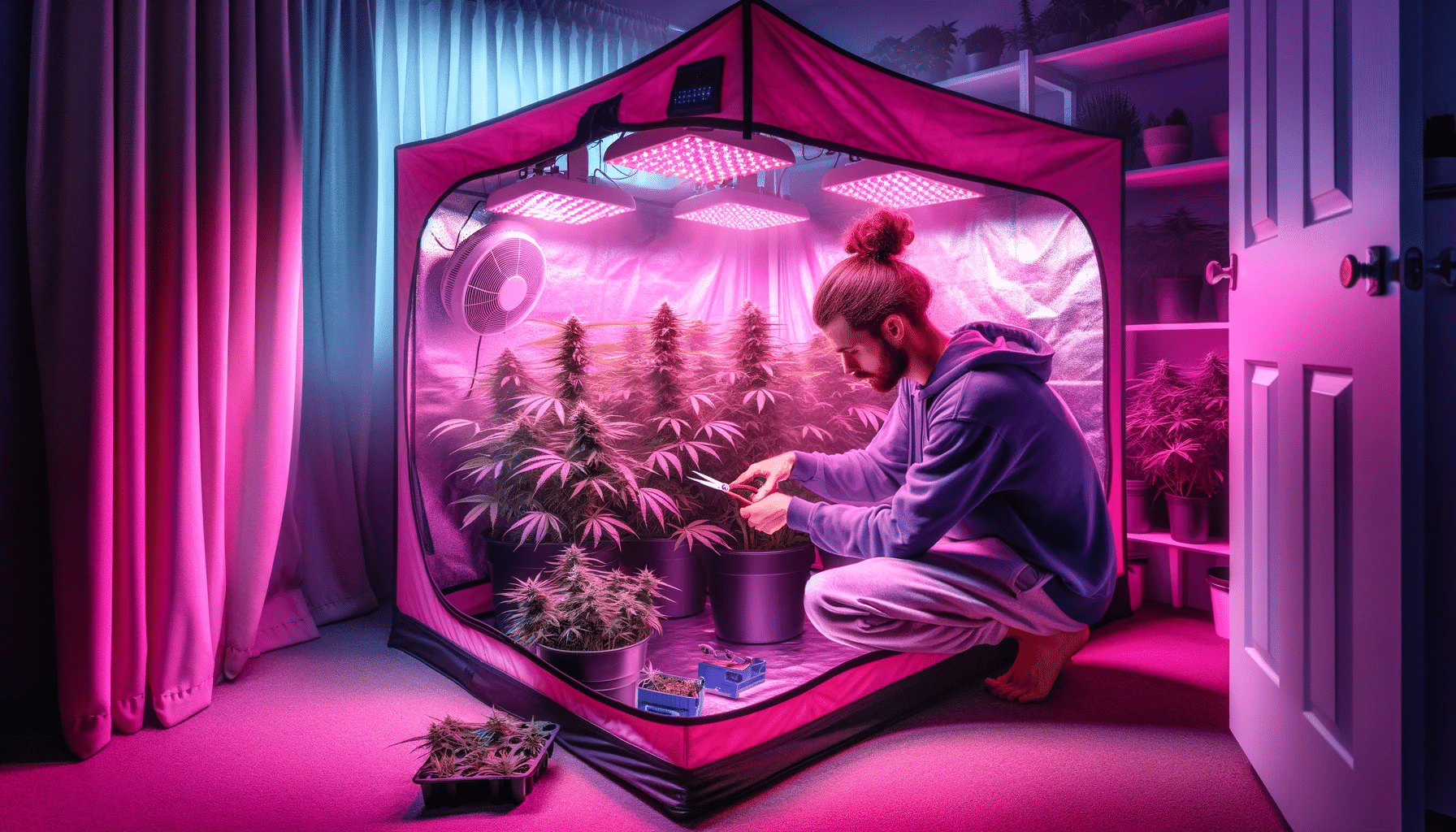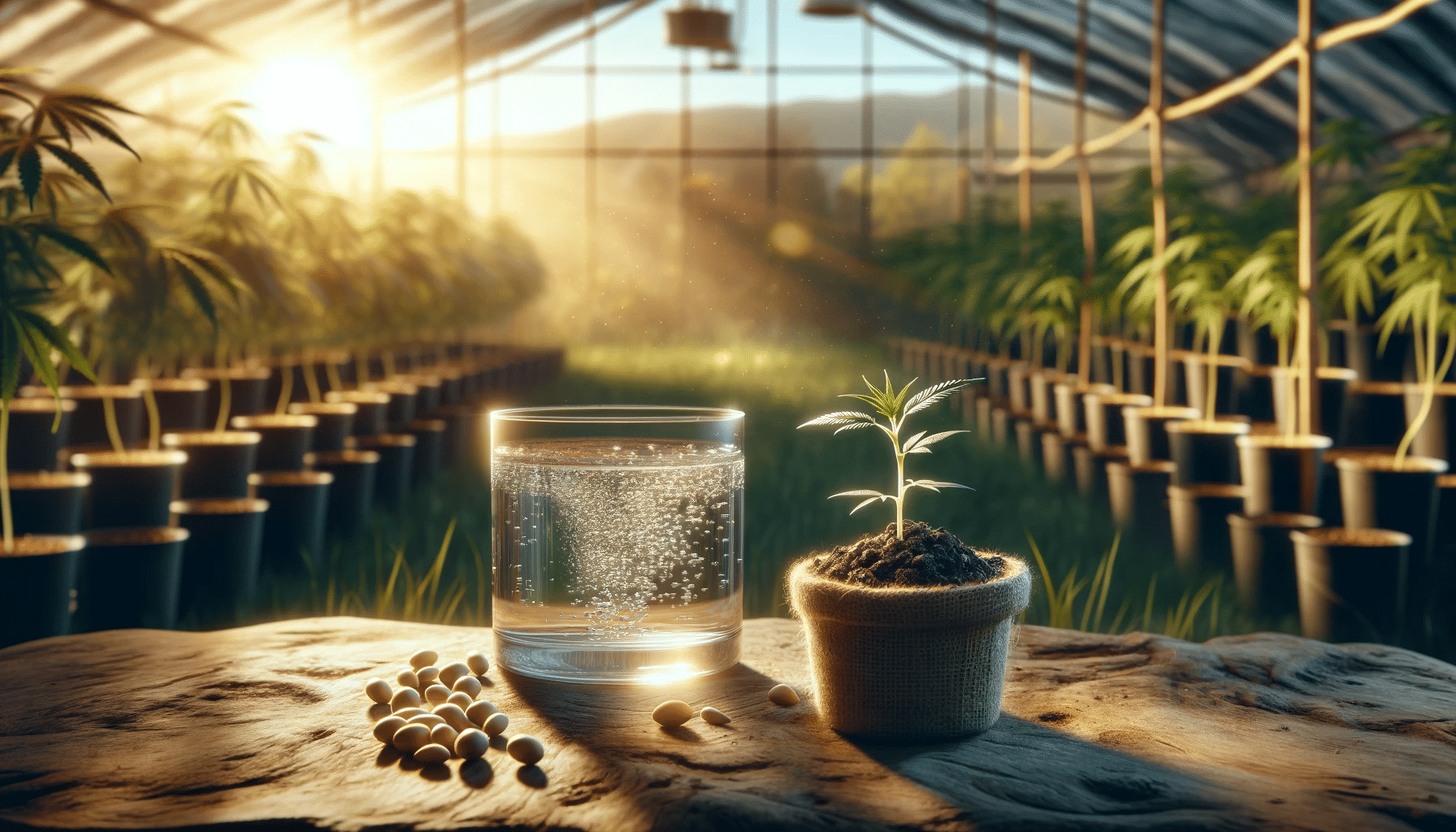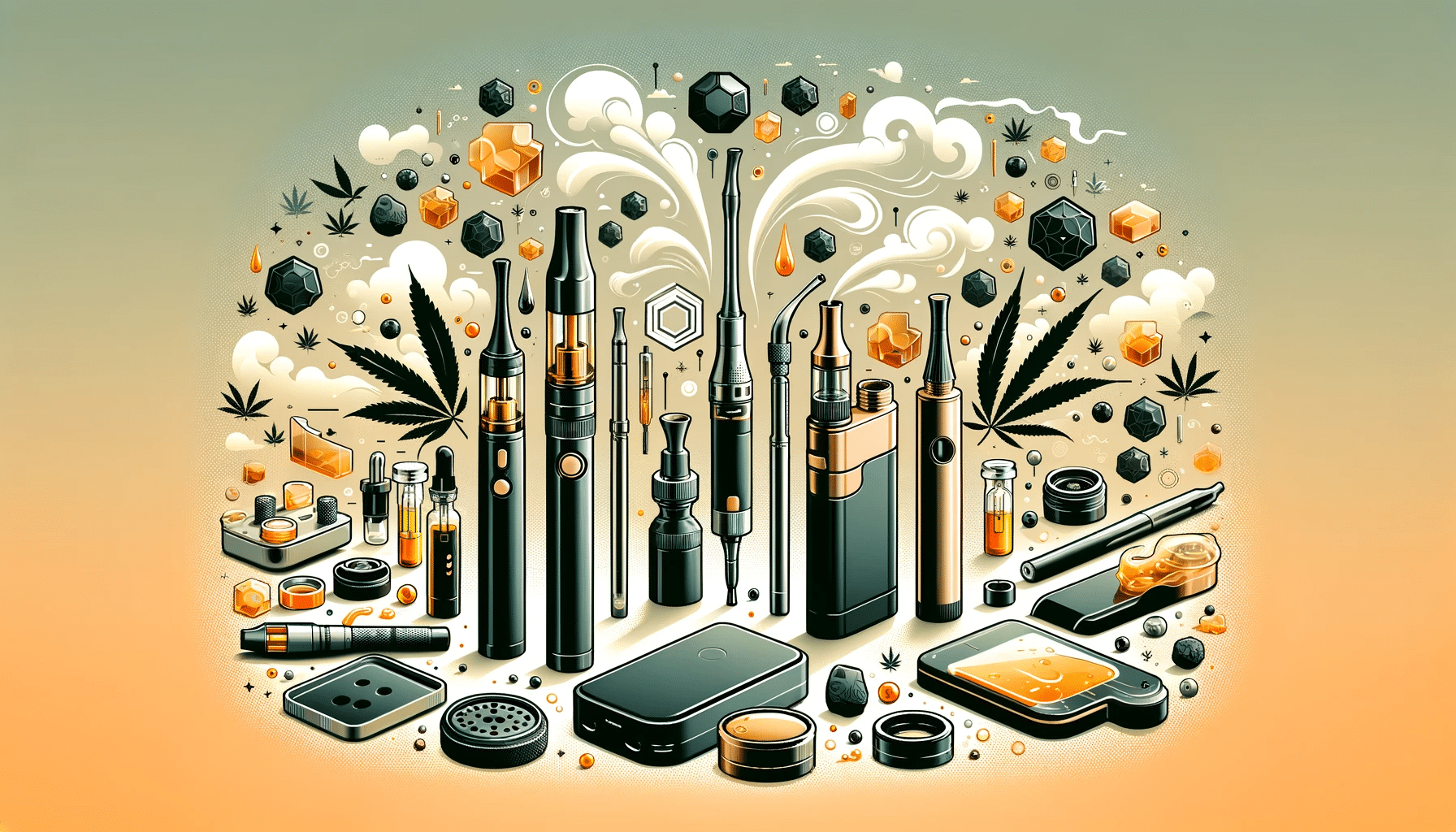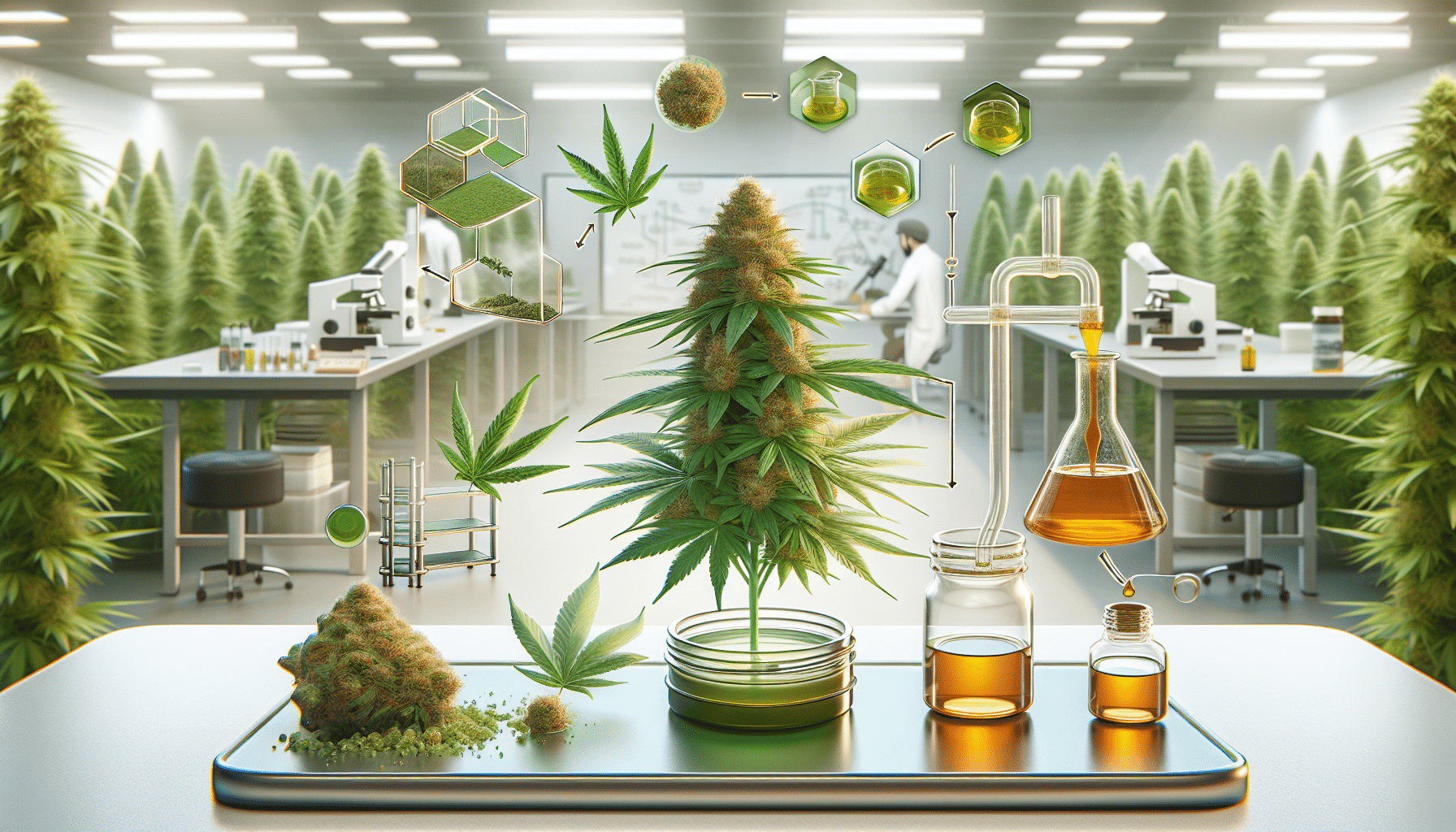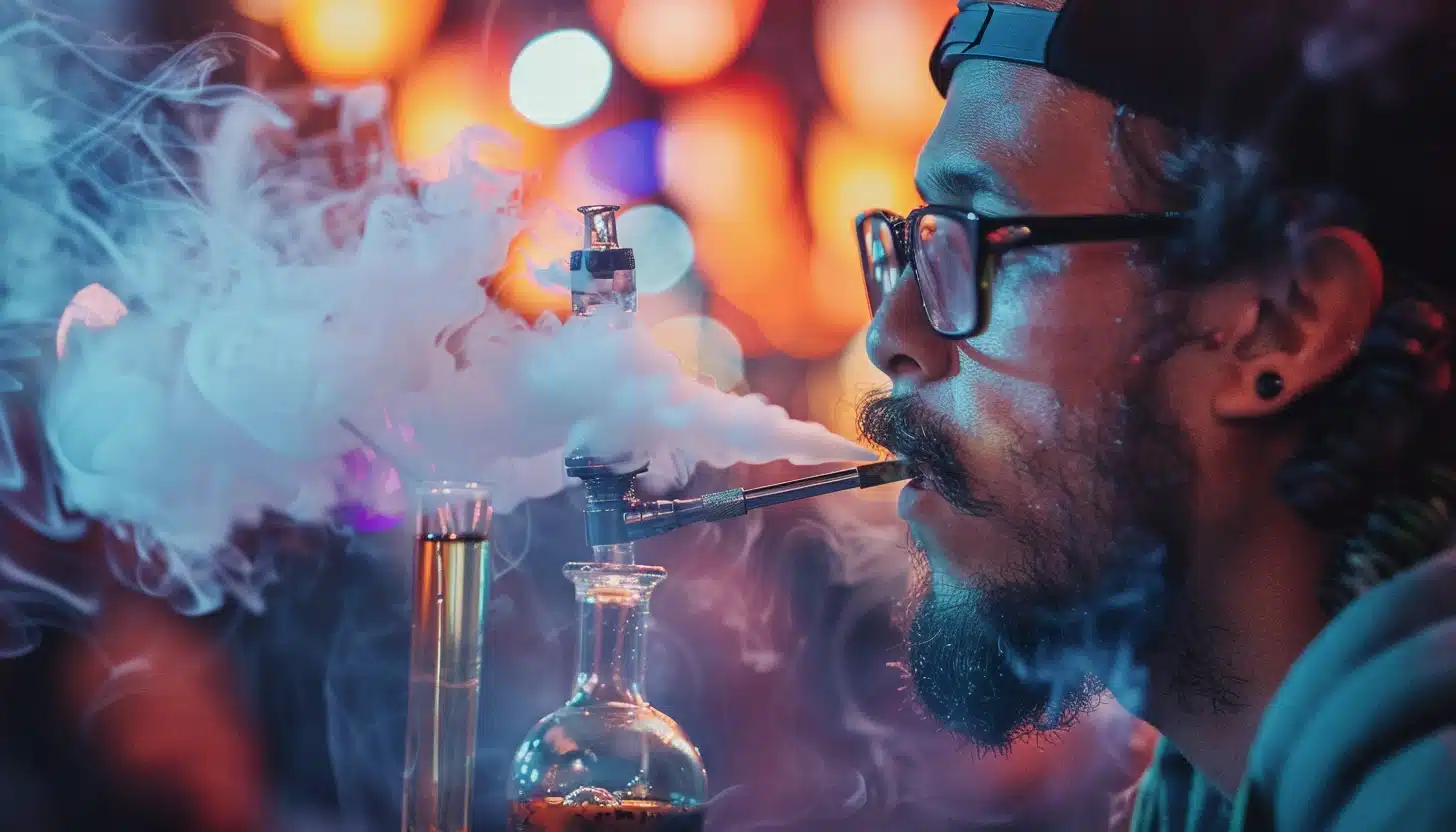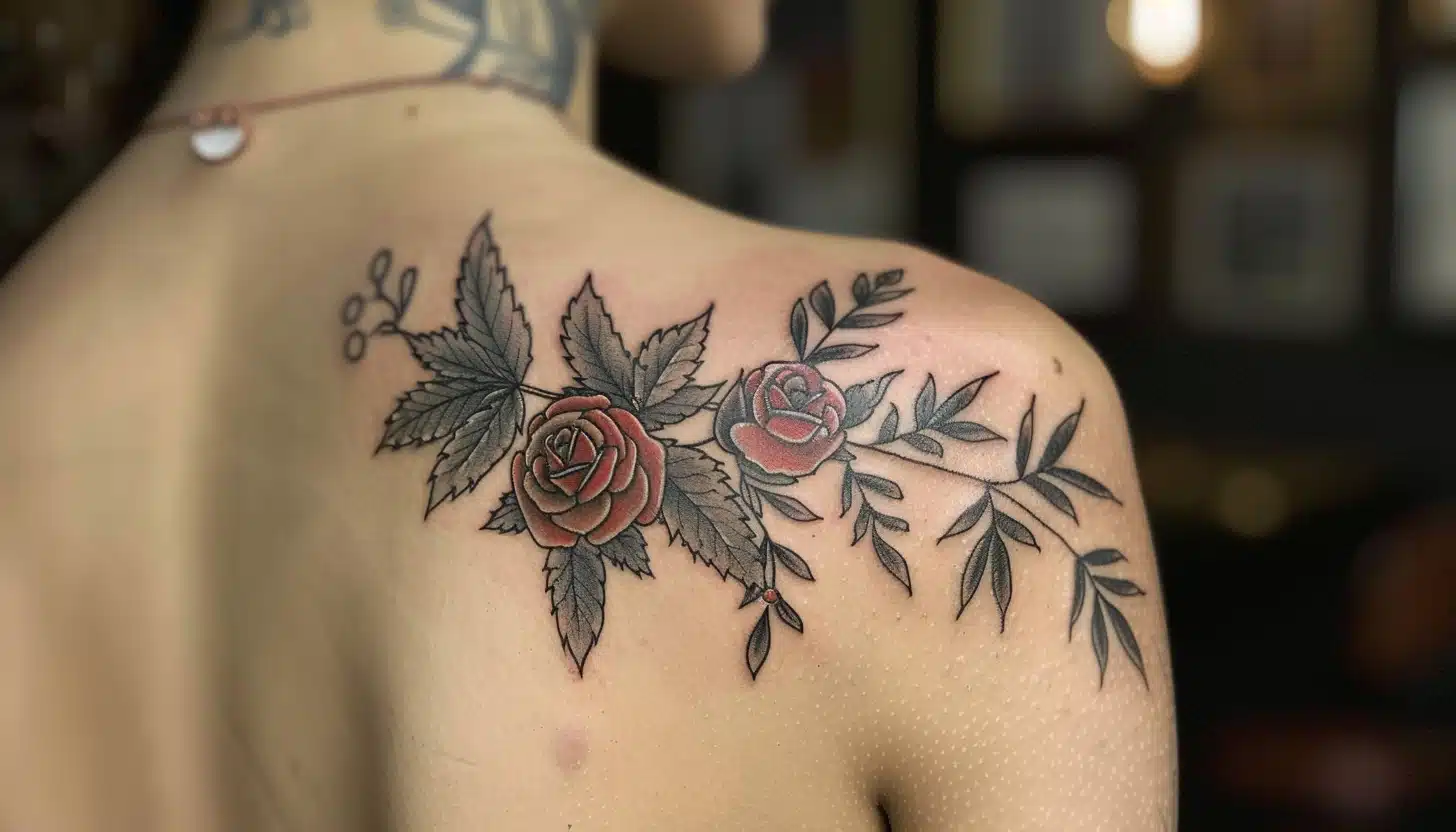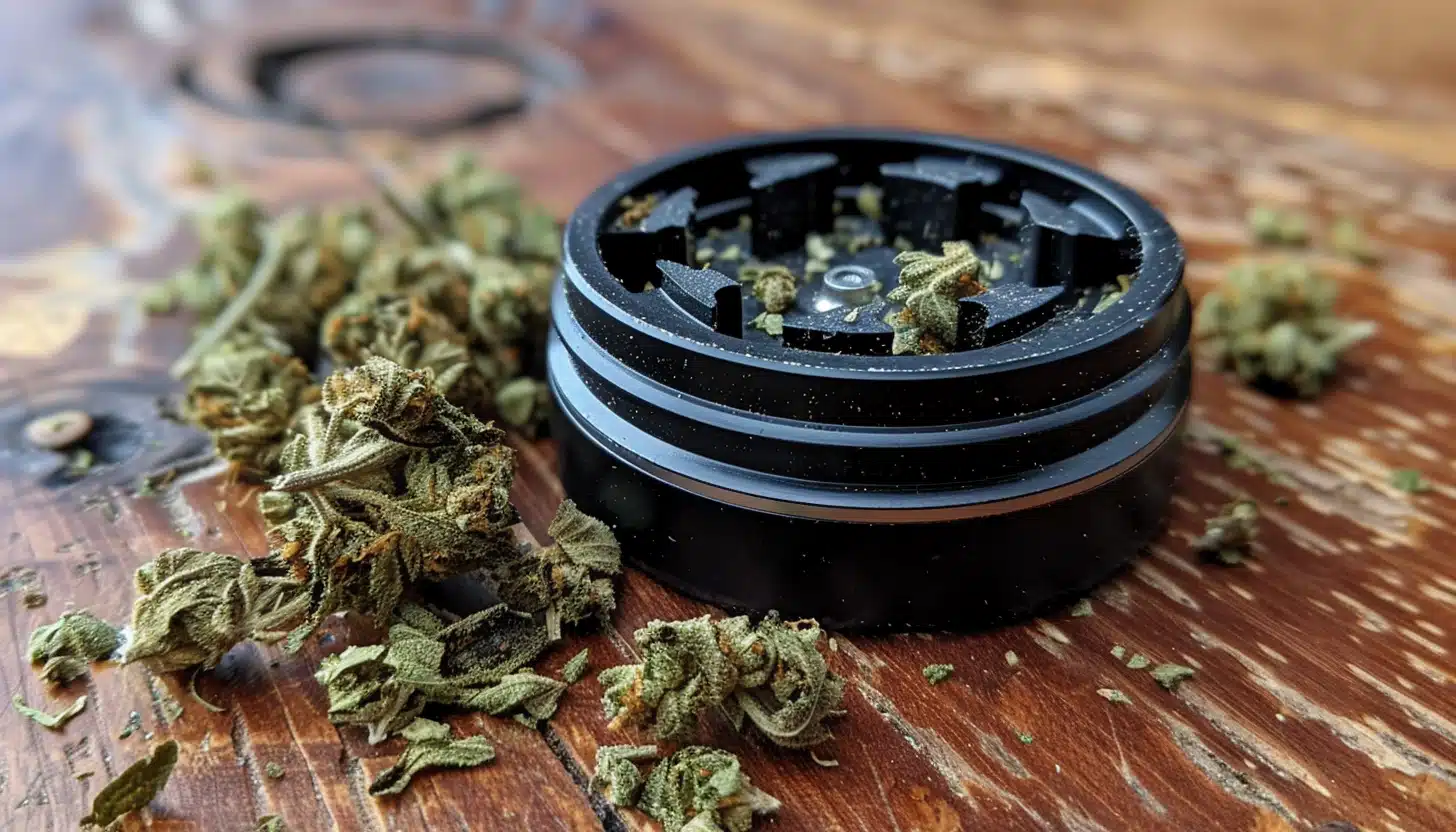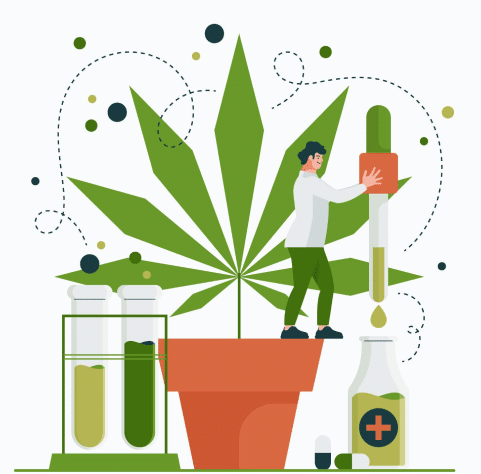Purple weed looks cool right? Did you know the cold can influence purpling of weed? I’ve always been highly keen to grab some purple weed whenever it was around, which was rare back in the day. The first time I saw some at college in the early 2000’s, I was blown away, firstly because I didn’t actually know purple weed existed and this strain my college dealer had at the time had deep purple hues and yellow and orange hairs. The smell and high was something else too, a very psychedelic and silly high. For the person selling me this bag, I’m sure it also massively enhanced it’s sales appeal.
The next day he had none left. Sold out he said…
When Is Cold Too Cold?
What you may not know is how the cold can help or hinder your plants. Whether you are growing cannabis indoors or outdoors, managing temperatures before harvest is crucial. Temperatures that dip too low can be pretty problematic, yet strategically managed, the cold can also enhance your buds’ overall quality and bag appeal. First things first, it’s essential to identify what constitutes “too cold” for weed plants. Generally speaking, temperatures that fall below 50°F (10°C) can stress the plant excessively. This kind of stress may hinder growth and could potentially lead to frost damage which affects the overall health and yield of your crops and may ruin it completely. Of course growing indoors should mitigate this issue, but in early-to-mid fall, outdoors your plants may experience temps dropping closer to zero depending on your locality.
What Temperature Causes Purpling?
On the flip side, introducing slightly colder temperatures as you approach harvest time can have some beneficial effects—particularly in terms of aesthetics and possibly even taste and terpene production. Many growers find that a drop in temperature during the late flowering stage helps stimulate anthocyanin production—a fancy name for the pigment responsible for giving leaves and buds blue, red or purple hues. So if you lower nighttime temps to around 60-65°F (15-18°C), you might see an increase in this vibrant coloration without harming the plant. Research also suggests that cooler conditions can affect terpene profiles—the compounds responsible for aroma and flavor—and THC concentrations; however these impacts aren’t entirely predictable and largely depend on specific strain genetics alongside environmental factors like humidity level changes accompanying temperature dips. To capture this visually, consider taking photos or keeping records of color changes or other visible effects due to temperature shifts during the flowering stage.
Certain marijuana strains are more likely to show vivid purple coloring when exposed to cooler temperatures before harvest. Hybrid strains such as Granddaddy Purple, Purple Kush, and Blackwater each have a genetic predisposition towards purpling that can be further enhanced by careful temperature management. These varieties contain higher levels of anthocyanins, making them ideal candidates for this purpling technique.
Is the Plant’s Life Just Naturally Coming to an End?
Additionally, it’s important to understand the role of senescence—the natural aging process of plants—as it relates to cannabis cultivation and temperature control. As cannabis plants approach the end of their lifecycle, colder temperatures can accelerate senescence, prompting plants to mature faster. This quickened pace can increase resin production as the plant rushes to complete its reproductive cycle before dying.
While beneficial in some aspects (such as boosting coloration and potentially increasing trichome density), rapid senescence due to cold stress needs careful handling; too abrupt an acceleration could compromise overall bud quality and yield if not managed correctly. You must balance stimulating benefits with potential risks associated with pushing your plants too hard at this critical stage.
Monitoring your crops closely allows you make adjustments based on what you observe directly—whether that’s through physical changes in leaf color or detecting subtle shifts in plant vigor—that indicate whether the current temperature regime is beneficial or if it’s stressing the plants excessively.
Outdoor Grow Tips to Avoid Frost
For outdoor cannabis growers, an unexpected early frost can be particularly challenging, posing a real threat to the health and yield of your crops. Here are some practical steps you can take to shield your plants from the damaging effects of early frosts:
1. Cover Your Plants: At night or whenever temperatures are expected to drop significantly, covering your plants with frost cloths or even old sheets can provide a crucial layer of insulation. These covers help trap heat rising from the soil and keep the immediate environment around your plants warmer.
2. Water Before Sunrise:
Watering your garden early in the morning, just before sunrise, is beneficial because it leverages a basic principle of thermodynamics (you may or may not remember this from science class). As the soil absorbs water, this moisture retains heat more effectively than dry soil. Throughout the night, as temperatures drop, the stored heat in the wet soil is slowly released into its surroundings. This release of warmth can slightly raise air temperatures near ground level around your plants which provides some protection from light frost.
However, it’s crucial to ensure that this watering technique is done correctly:
– Timing is Key: Water should be given enough time to seep into the soil but not so much that excess moisture remains on plant leaves and stems at nightfall. Any lingering water on foliage can freeze with lower temperatures and cause leaf damage.
– Avoid Overhead Sprinkling: Instead of sprinkling or spraying over plant tops (which might leave drops on leaves), aim for ground-level irrigation methods like soaker hoses or drip systems that deliver water directly to the roots where it’s needed most without unnecessary wastage and risk.
3. Utilize Mulch: Applying a thick layer of mulch around the base of each plant provides another insulation layer against sudden temperature drops by retaining soil warmth better than exposed earth would.
4. Temporary Enclosures: Building temporary windbreaks or creating mini-greenhouses with clear plastic sheeting can shield your plants not just from cold but also from biting winds that often accompany frigid conditions.
5. Strategic Planting: For future planting strategies, consider the placement of your cannabis plants carefully. Planting near large stones or buildings can help as they retain heat during the day and release it slowly at night, creating slightly warmer microclimates. South-facing slopes also tend to be warmer than north-facing ones.
To optimize the effects of cold exposure, start gradually. Lowering temps incrementally can help avoid shocking your plants while still achieving desired outcomes such as enhanced purpling and possibly richer terpene profiles. This gradual approach also gives you ample time to observe how specific strains react under cooler conditions and make adjustments accordingly.
Documenting these changes with a visual diary can be incredibly useful. Tracking temperature impacts visually through photographs will not only guide you in future growing cycles but also assist in fine-tuning your technique based on past successes and challenges. You might notice that some strains not only develop deeper purple hues but may exhibit thicker trichome coverage, which is often associated with increased potency and aroma.
Finally, remember that each cultivation environment is unique. Factors like Co2, VPD or ambient humidity, lighting intensity, airflow, and even plant nutrition play crucial roles in how well cannabis plants respond to colder temperatures late in the grow cycle. Make sure you understand all these variables when employing cold-stress-techniques to ensure healthy growth without unintended consequences during this delicate phase of development, and happy experimenting.

